Two portraits of important members of a Highland clan are now on display in the National Museum of Scotland in Edinburgh.
Oil paintings of the Chief of Clan Grant’s household by Richard Waitt were commissioned in 1713 by Alexander, the Laird of Grant, as part of a series depicting prominent clan members.
Created for Castle Grant, the chief’s seat near Grantown-on-Spey, they intended to impress visitors and convey the laird’s traditional authority and status as a Highland chieftain.
Shown wearing distinctive Highland dress, the subjects are “The Piper” and “The Champion to the Laird of Grant”.
The bagpipes and the basket-hilted sword are symbols of their ceremonial positions, symbolic of traditional clan values and customs.
A changing clan society
The Piper is of William Cumming, who was from at least seven generations of Cumming pipers to the Grants and the picture includes the heraldic banner of the Grants, with Castle Grant in the background.
Meanwhile, The Champion is of Alasdair Mòr Grant, the strongest fighter in the clan, who managed the laird’s timber business.
His combined roles hint to a changing clan society as the shift in land use saw Highland chiefs become landlords.
Principal curator of renaissance and early modern history at the National Museum of Scotland, Anna Groundwater said: “We are grateful to Reidhaven Trust for the long-term loan of Richard Waitt’s portrait of The Champion to the Laird of Grant.
“We are delighted that it has been reunited with The Piper and is now on permanent display, as they once were in Castle Grant. This is not a romanticised version of an imagined past – the figures in their Highland dress are documented as they looked at the time.
“Together they provide an insight into clan society from a time when this way of life was on the wane.”
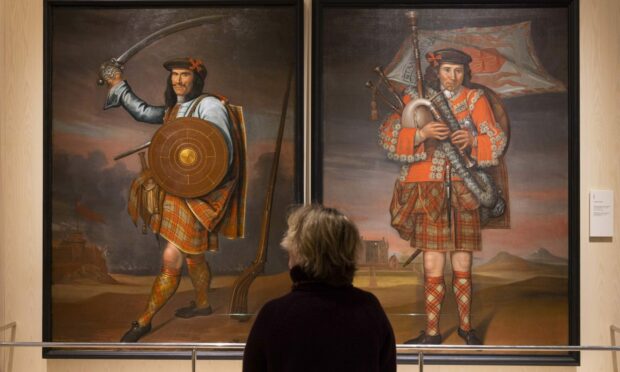
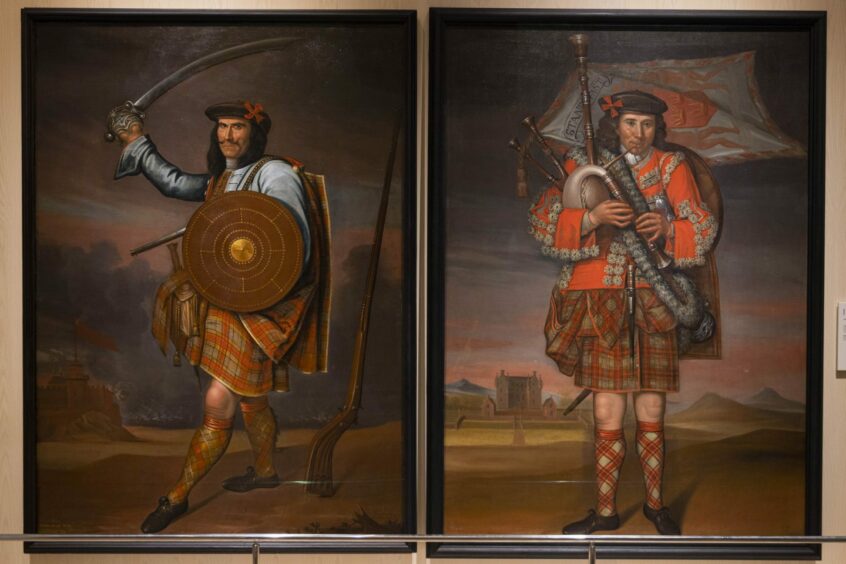
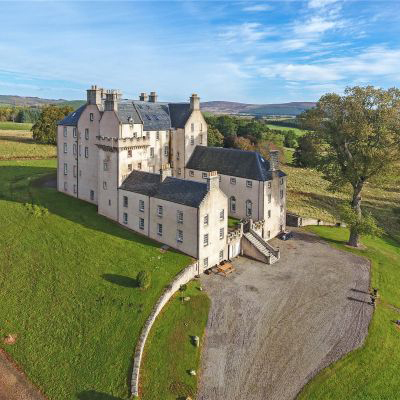


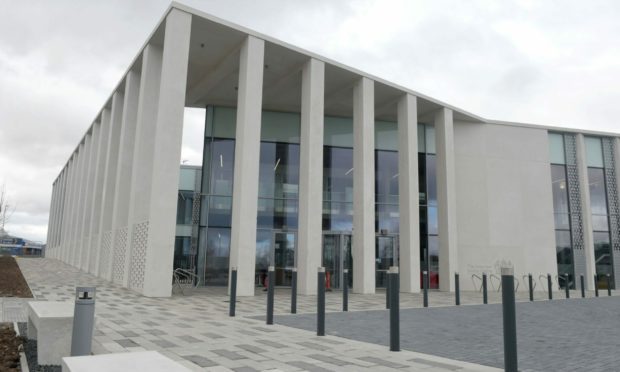






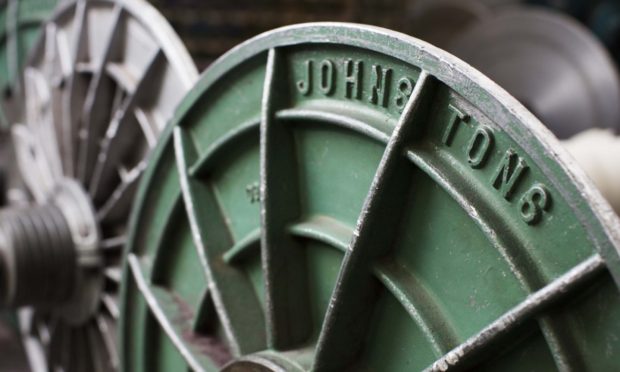
Conversation